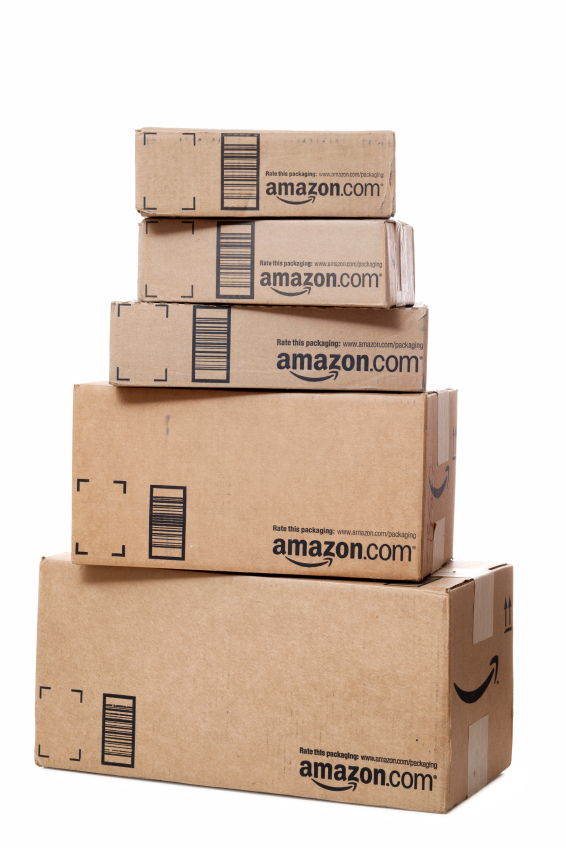In today’s day and age, your company doesn’t face any shortage of digital methods for increasing its overall performance. That doesn’t mean that all those options are worth your time of course. However, one version that definitely merits consideration is back office software. It’s necessary for getting the MOST® out of your company’s digital infrastructure and, in terms of the initial investment, probably your MOST® efficient solution.
What Is Back Office Software?
Let’s start with getting a clear definition for what back office software actually is. As the name suggests, back office software is used for handling operations that won’t be seen directly by customers. So, for example, back office software would never encompass sales tactics or interfaces that the customer would need to interact with.
Back office software is generally used for things like inventory control, human resources, accounting, quality control, management reporting and general office administration. Many companies may use a back office application for their customer relationship management, but that’s about as close as it will ever come to a customer’s experience.
Customization
As every company is different, the vast majority of them will need something a little different from their back office software. This is why MOST® put a premium on versions that can be customized to a large degree. Vendors meet these demands by providing modular options or those that work with popular software like Microsoft Office. This makes both integration and customization a breeze.
Solutions for Bottlenecks
One thing that MOST® back office software platforms have in common is that they’re designed to break up bottlenecks, thereby increasing efficiency. A version with multiple applications may come in handy by providing a central database for important data. So, if a company has a recurring customer, having their name and information stored in one central place would make it easier each time they did business with them. No worker needs to be paid or relied on to ensure that this information is reentered correctly when it can simply be accessed from the back office software. This saves money and decreases the likelihood of human error providing a problem.
Of course, these days, back office software alMOST® always comes with online components. This makes it even easier to share information across a network (and with a consistent interface), allowing companies with multiple locations to still avoid the risk of bottlenecks.
Big Business Solutions
In many ways, back office software is leveling the playing field between small businesses and their much larger competitors. After all, as we just covered, it can greatly reduce administration costs. However, in many ways, what we’re seeing is that the right back office software may actually be just as valuable to a company as, say, hiring the right accountant. The technology this software leverages can sometimes rival an individual’s actual expertise, yet cost only a fraction.
Improved Analytics
You can’t have back office software without also gaining better analytics about your company’s operations. After all, whether it’s handling payroll or streamlining your shipping, the software is recording countless pieces of data. Companies can then use these numbers for analyzing their overall operations. This also gives them the opportunity to come up with improved metrics they can then use to measure said analytics in the future. So, even if a company only wants back office software to resolve a bottleneck or help keep track of inventory, there are actually a number of ways it can be used for increasing the efficiency of their business.
So, while there are countless options out there for business software, the back office variety deserves consideration. It provides simple, yet effective methods for getting more from your back office operations.










